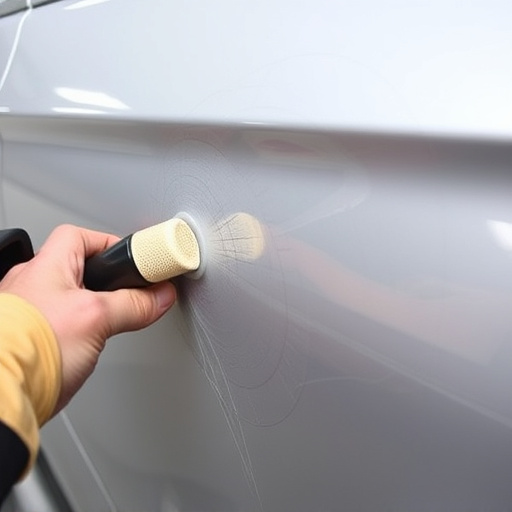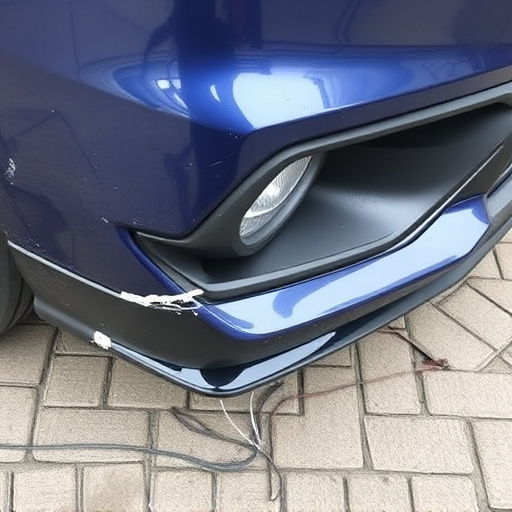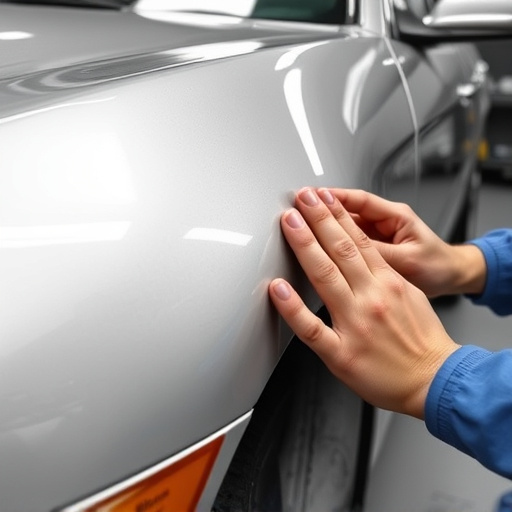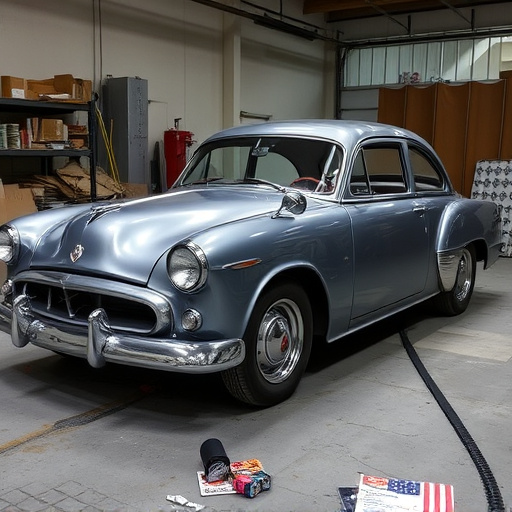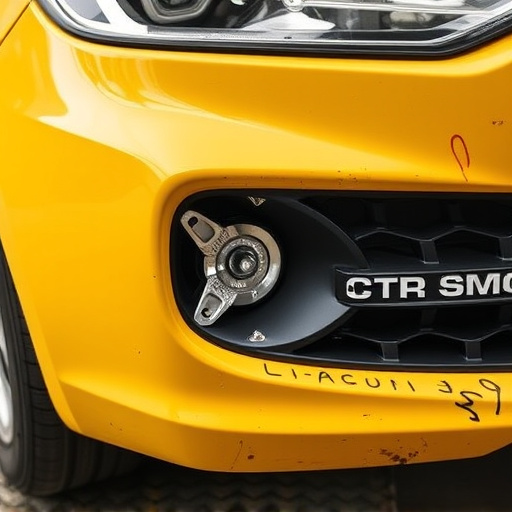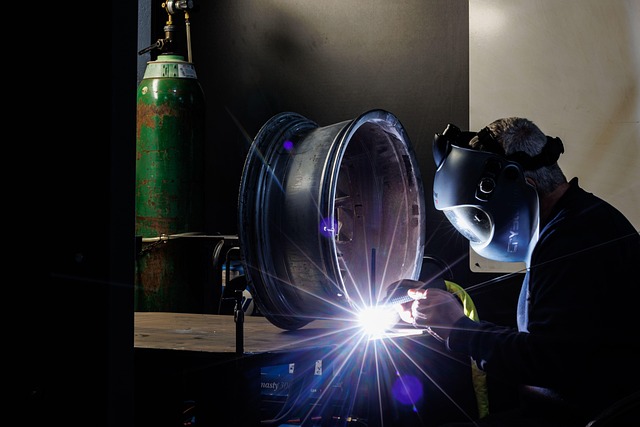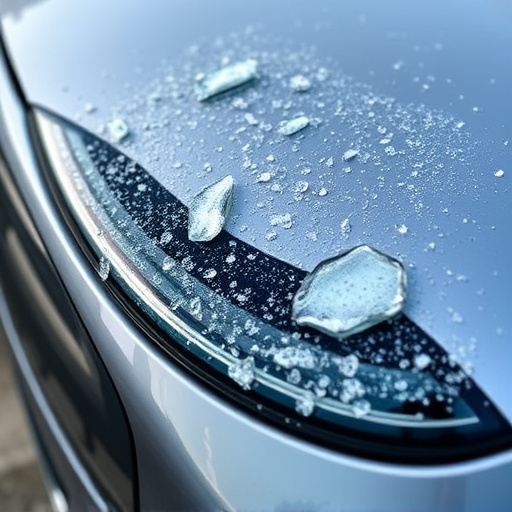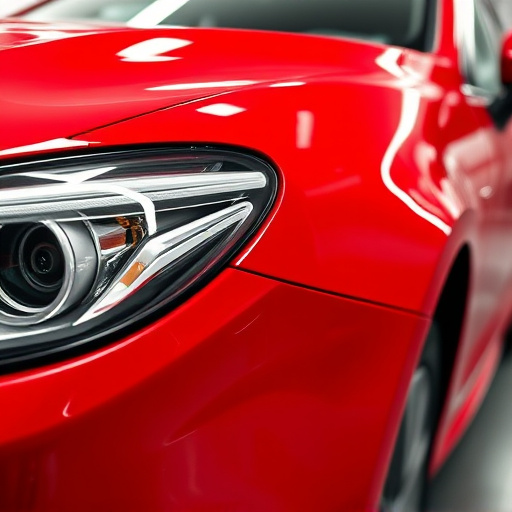The paintless dent repair (PDR) method is a non-invasive auto body restoration technique that uses specialized tools to realign metal and restore original shapes without removing or repainting damaged panels. Ideal for minor dents, scratches, and hail damage, PDR offers quick, cost-effective solutions with reduced repair times. However, it's not suitable for severe or extensive damage; traditional painting techniques may be needed for deep penetrations, complex shapes, or shifted structures. Seeking services from reputable collision repair centers specializing in PDR ensures quality and consistent outcomes.
“The paintless dent repair (PDR) method has gained popularity as a non-invasive way to restore vehicle aesthetics. This technique, involving specialized tools and skilled technicians, claims to remove dents without painting. However, its effectiveness isn’t universal. This article explores the inner workings of PDR, uncovers its limitations, and clarifies when it might not be the ideal solution. By understanding these factors, car owners can make informed decisions regarding their vehicle’s dent repair.”
- Understanding the Paintless Dent Repair Method: How It Works
- Limitations and Challenges of the Paintless Dent Repair Technique
- When Is the Paintless Dent Repair Method Not Effective?
Understanding the Paintless Dent Repair Method: How It Works

The paintless dent repair (PDR) method is a non-invasive auto body restoration technique that has gained popularity for its effectiveness in fixing vehicle dents and scratches. Unlike traditional dent repair, which involves removing and repainting damaged panels, PDR works by manipulating the outer layer of the vehicle’s panel to return it to its original shape and appearance. This process preserves the factory finish, making it a preferred choice for those seeking a seamless and long-lasting fix.
PDR specialists use specialized tools and equipment to access the dent from behind the damaged panel. They carefully apply pressure and force to realign the metal, removing the dent without damaging the surrounding area or affecting the paint job. This method is particularly useful for minor dents, scratches, and hail damage, making it an efficient and cost-effective solution for auto maintenance. By avoiding the need for repainting, PDR can also significantly reduce repair times and vehicle downtime.
Limitations and Challenges of the Paintless Dent Repair Technique

While the paintless dent repair method has revolutionized car damage restoration, it’s not a silver bullet for every dent or scratch. One of its primary limitations is its ineffectiveness on severe dents that have penetrated the metal surface or left deep indentations. In such cases, traditional painting and patching techniques might be required to ensure structural integrity and a seamless finish, making paintless methods less appealing or practical.
Additionally, the skill and experience of the technician play a significant role in the outcome. Inexperienced hands may struggle with intricate repairs, resulting in visible signs of damage or an uneven surface after treatment. This highlights the importance of seeking services from reputable collision repair centers specializing in paintless dent repair to ensure quality and consistent results, especially for complex fender repairs or car scratch repairs that demand precision and expertise.
When Is the Paintless Dent Repair Method Not Effective?

While the paintless dent repair method is a popular and innovative way to fix dents and scratches on vehicles, it’s not always the most effective solution. This technique, which involves using specialized tools and expertise to push out dents from the inside without painting, has its limitations. One scenario where it may not be suitable is when the damage is severe or extensive, such as deep penetrations or complex shapes that are hard to access. In cases of heavy vehicle collisions or significant impact, the structure might have shifted, making it challenging for paintless methods to accurately restore the original shape.
Additionally, certain types of dents, like those caused by large debris or sharp objects, may leave behind markings or imprints that are difficult to completely remove without affecting the surrounding paintwork. Unlike frame straightening techniques which can address more complex structural issues, paintless dent repair is better suited for minor to moderate dents and scratches, focusing on preserving the original factory finish. Even though tire services might complement paintless dent repair in some cases, for severe damage, traditional body shop repairs or replacement might be the only reliable solution.
While the paintless dent repair method offers a non-invasive approach to vehicle damage restoration, it’s not always effective for every dent or scenario. Understanding its limitations, such as depth and location of dents, is crucial. For some cases, traditional painting methods may be more suitable. Recognizing when this technique isn’t ideal ensures that vehicle owners receive the most appropriate and lasting solution, ultimately preserving the car’s paint job and overall aesthetics.
